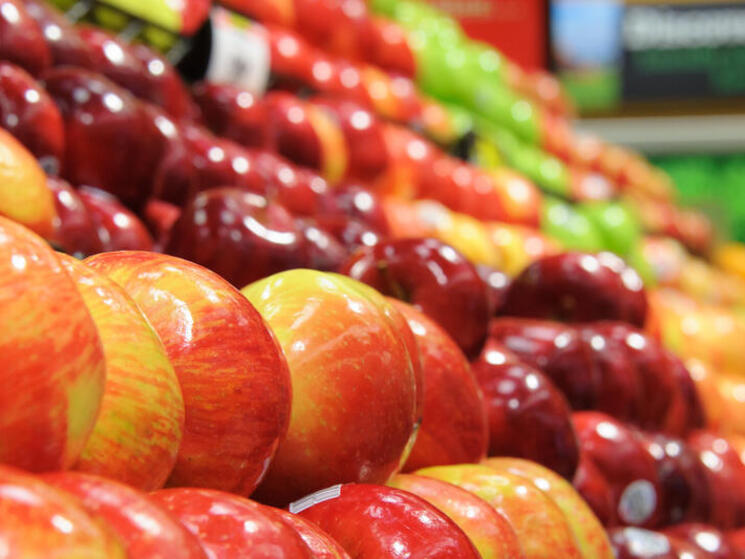
Eliminating Food Waste with The Pacific Coast Food Waste Commitment
- Date: 29 June 2023
- Author: Tara McNerney, Pacific Coast Food Waste Commitment Manager, WWF
The Pacific Coast Food Waste Commitment (PCFWC) recently released a report detailing the initiative’s progress in 2022, demonstrating remarkable strides towards its goal of halving food waste by 2030. Particularly noteworthy is the PCFWC's groundbreaking dataset—developed using measurement and reporting tools provided by ReFED—that allows year-over-year comparison of food waste at the retail level. This dataset constitutes an unprecedented resource in food waste research that will provide much-needed guidance for the retail industry as well as other sectors.
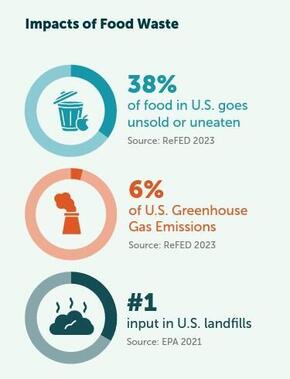
The PCFWC is part of the Pacific Coast Collaborative (PCC), a partnership between British Columbia, Washington, Oregon, California, and the cities of Seattle, Portland, San Francisco, Oakland, Los Angeles, and Vancouver that aims to cut greenhouse gas (GHG) emissions by at least 80% by 2050. WWF, ReFED, WRAP, and Cascadia Policy Solutions are resource partners, providing expertise, additional philanthropic funding, and capacity for implementation to help PCC reach its GHG target. (Additional jurisdictions in the region are participating in the PCFWC, along with 15 food business signatories from across the supply chain.)
Eliminating food waste is a critical component of that effort: food waste contributes 6% of U.S. GHG emissions and is the largest input into landfills, which are a leading source of methane, a gas even more potent than carbon dioxide. Nevertheless, as the saying goes, “you can’t manage what you can’t measure.” That’s where the critical work of the PCFWC comes in.
According to the PCFWC’s report, COVID-19 caused a reduction in retail food waste in 2020 due to empty shelves and increased demand. As the supply chain began to normalize in 2021, unsold food rates saw a slight uptick. Nonetheless, the overall trend indicates a reduction in food waste among PCFWC retailers since 2019.
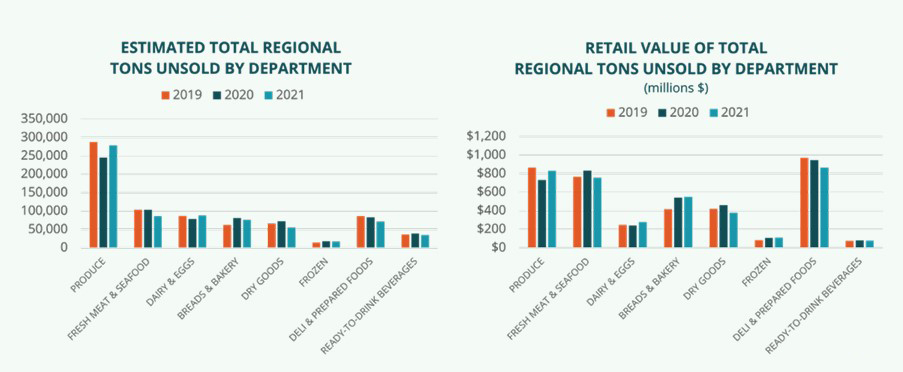
The initiative also made progress in tracking where food waste ends up. In 2021, the amount of waste sent to an “unknown destination” decreased significantly, while the amount sent to other destinations, particularly landfills, increased. The primary reason for this wasn’t an increase in waste, but rather the fact that more accurate measurements were able to shine a light on where food waste is going, equipping retailers with the information they need to address that waste.
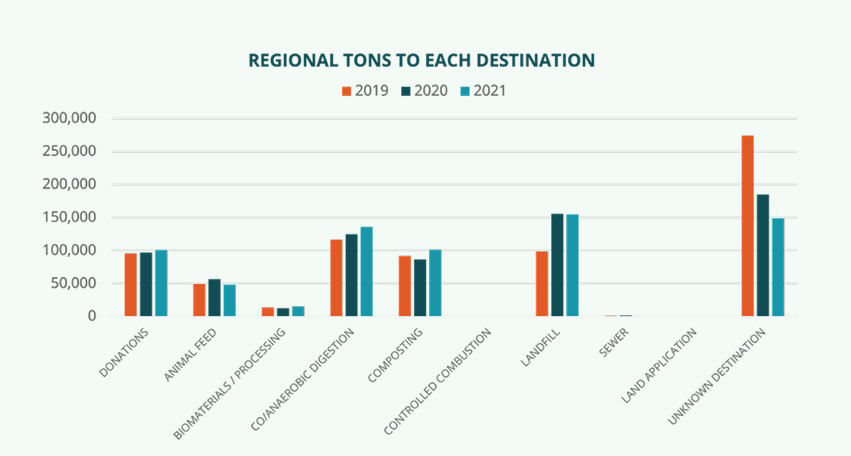
In addition to its data collection, the initiative enables participating companies to test innovative solutions to real-world operational challenges, in collaboration with resource partners, consultants and other industry experts. The PCFWC report highlights nine intervention projects that worked to convert the initiative’s wealth of data into tangible actions—from employing artificial intelligence to cut food waste by around 15% across retail stores to implementing creative employee engagement strategies that led to a 70% reduction in waste on a production line.
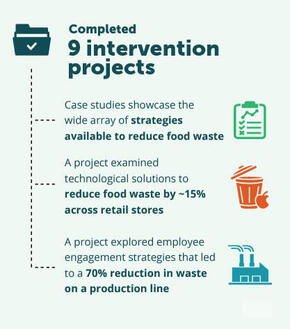
According to the report, the PCFWC also continues to expand its membership, adding three manufacturers and three foodservice companies to its ranks in the last year. More companies are sure to join in the coming years, as the initiative expands its data collection pilot projects into the hospital and manufacturing sectors.
All in all, the PCFWC's efforts in 2022, marked by the collection of a best-in-class dataset and the execution of various intervention projects, represent substantial progress towards a more sustainable and less wasteful food system. The initiative’s success is a testament to what the public and private sectors can accomplish when they commit to ambitious goals and work together in a pre-competitive framework to achieve positive climate outcomes.
Case Studies:
- A Closer Look at Sprouts’ Food Waste Reduction Commitment & Best Practices
- How Raley’s Is Optimizing Its Operations to Reduce Food Waste
- Using Artificial Intelligence to Reduce Food Waste in Grocery Retail
- Institutionalizing a Waste Reduction Culture in Food Manufacturing
- Food Waste Reduction Commitment & Upcycling Initiatives
- How E-Commerce Strategies Can Reduce Wasted Produce